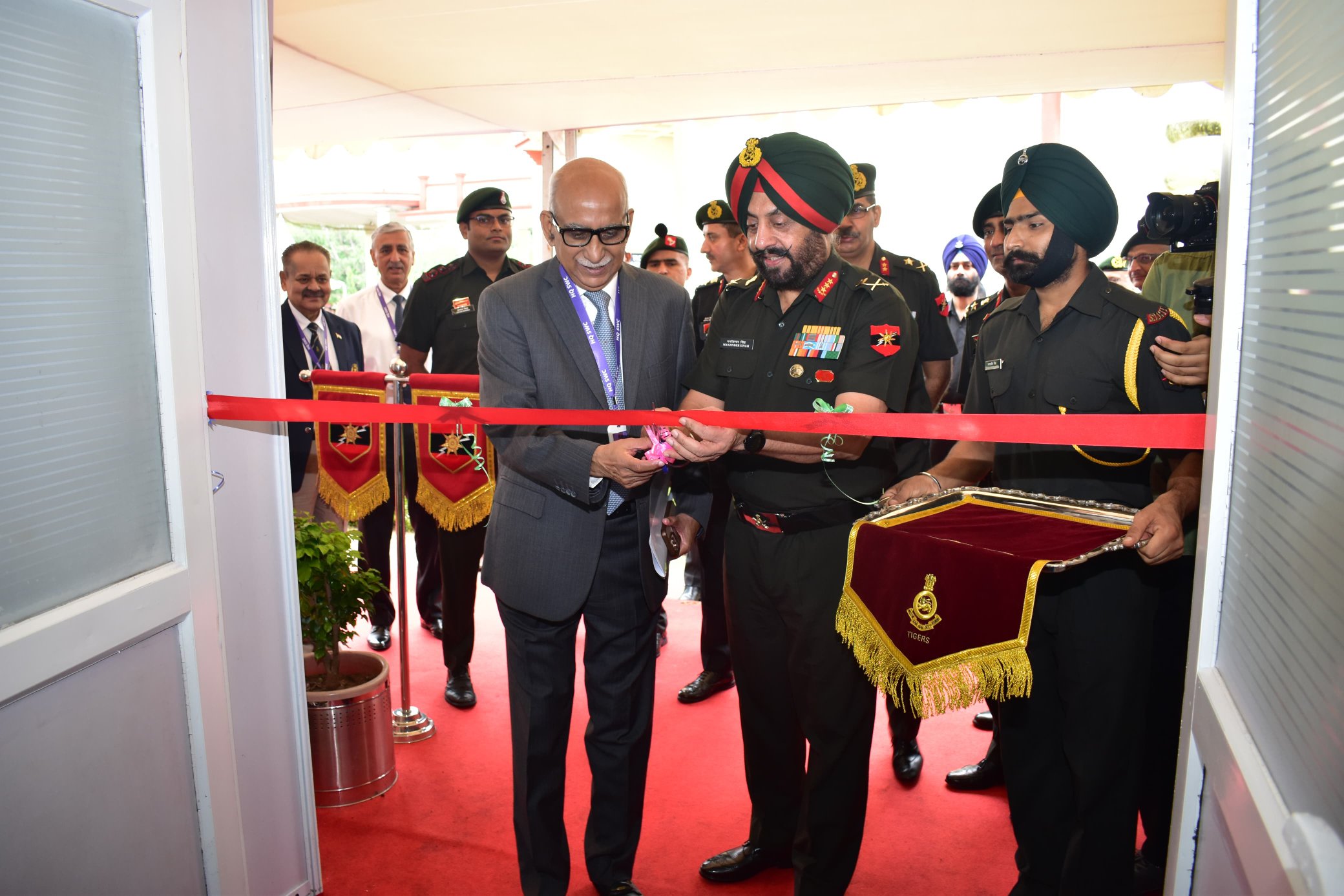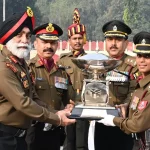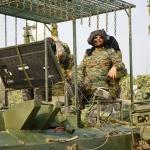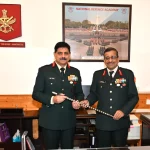The Indian Army’s South Western Command, known as the Sapta Shakti Command, launched a landmark seminar titled “Next Generation Combat: Shaping Tomorrow’s Military Today” at Jaipur Military Station. Organized in partnership with the Society of Indian Defence Manufacturers (SIDM) and the Centre for Land Warfare Studies (CLAWS), the event is a major push towards equipping the Indian military with future-ready technologies.
Delivering the keynote address, Army Commander Lt. Gen. Manjinder Singh emphasized the strategic role of science and innovation in achieving India’s long-term goal of becoming a developed nation under the Viksit Bharat vision. He highlighted the relevance of artificial intelligence, ISR capabilities, precision-guided munitions, and drone warfare in shaping modern battlefields.
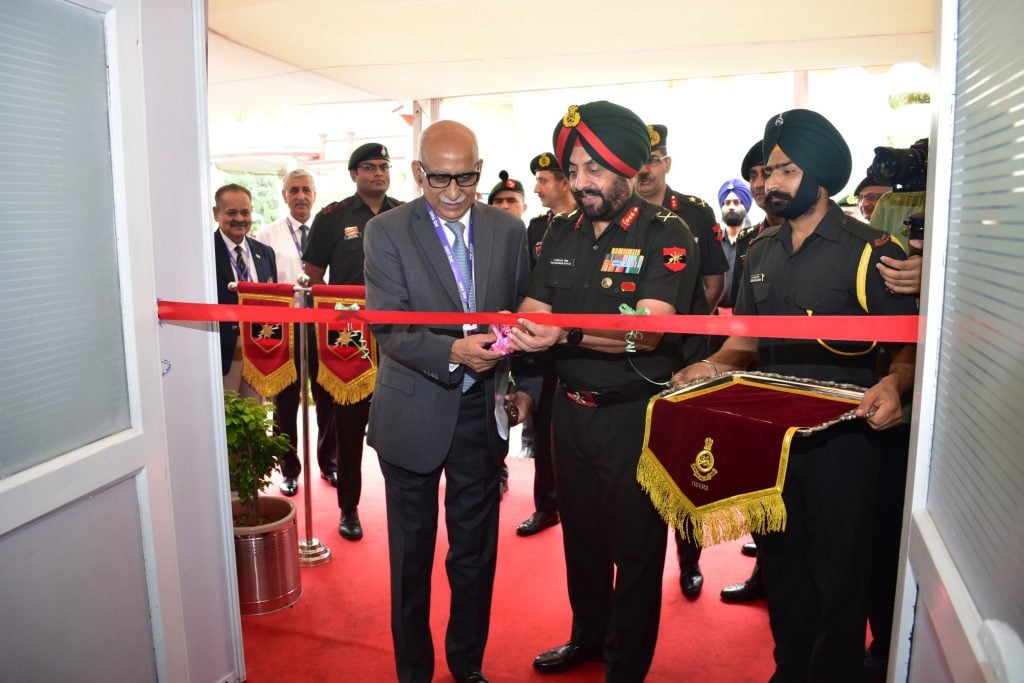
A key highlight of the event was the signing of a Memorandum of Understanding (MoU) between Sapta Shakti Command and the Malaviya National Institute of Technology (MNIT), Jaipur. The agreement focuses on joint research and development, with the goal of reducing India’s defence import reliance and accelerating domestic innovation under the Atmanirbhar Bharat initiative.
Experts noted that the partnership could help cut India’s import dependency by up to 50 percent by 2030. This is based on projections from a DRDO report which stressed the importance of academic-industry-military collaboration in defence R&D.
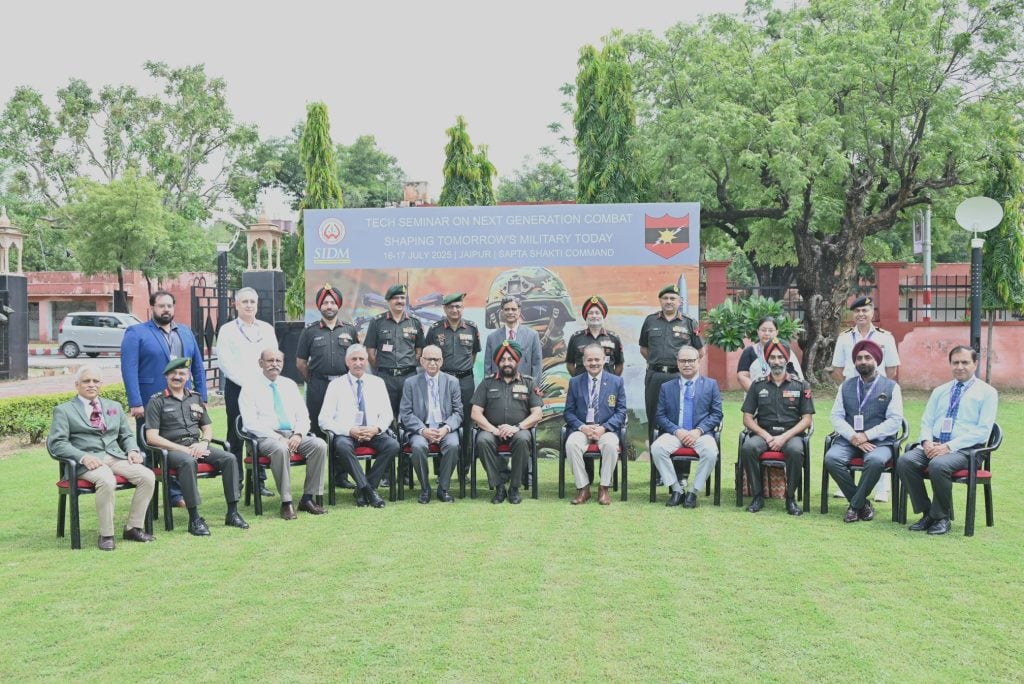
The seminar also showcased advanced military hardware, including combat drones and ISR systems. The displays reflect lessons from past confrontations where reliance on foreign technologies created strategic limitations. Successful indigenous deployments during Operation Sindoor have since demonstrated the value of homegrown systems.
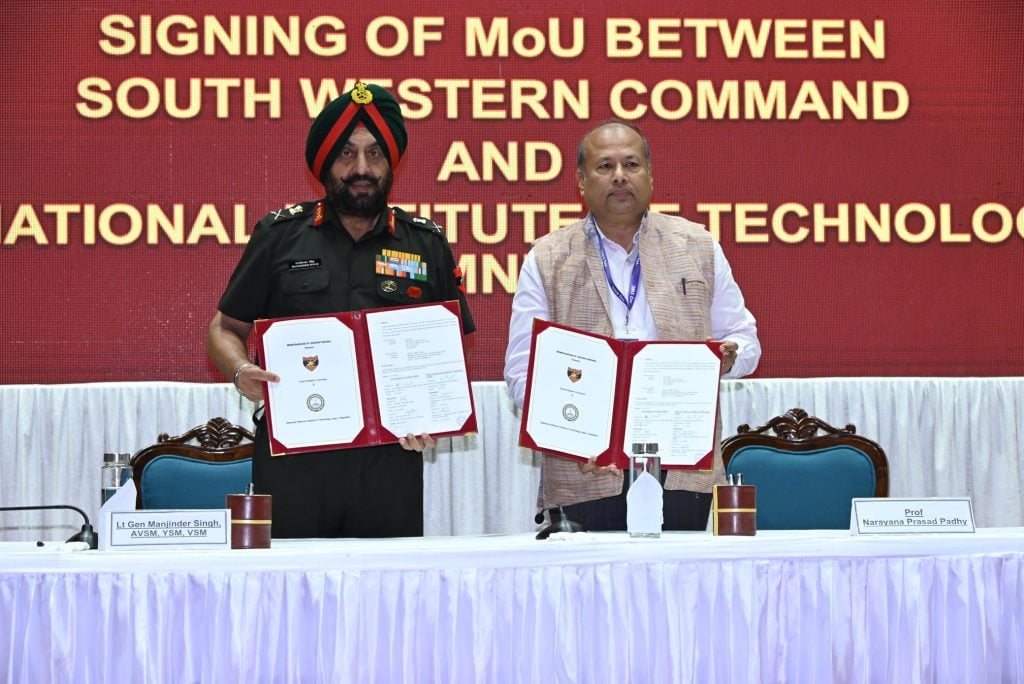
The two-day seminar continues tomorrow with focused discussions on tactical transformation, AI integration, and emerging technologies. As militaries worldwide lean into tech-driven warfare, India is actively positioning itself to be a leader in future combat readiness.

